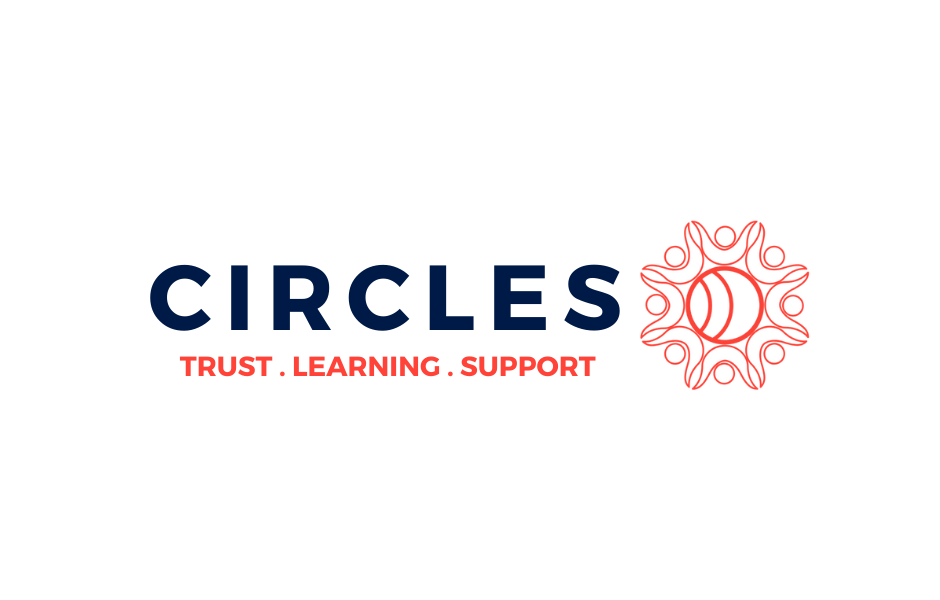Bye Bye Jargon! What We Can All Learn From Social, Emotional Learning
Lisa Goodnow
Austin Independent School District
Jacquie Lawing Ebert
GMMB
Bibb Hubbard
Learning Heroes
Key Takeaways:
Listening is how you connect with communities.
Data is how you prove the point to policymakers.
When students themselves tell the story and teachers and staff live the values, that’s when change can really happen.
Slide Deck:
Session Summary:
Communications pros in the non-profit sector are often paired with program teams, but the jargon they use can be off-putting to the average reader.
Social and emotional learning is a major area of growth in K-12 education, but some of the most commonly used terms are the least understood. For instance, “grit” can be perceived as saying a child is struggling, when the intended meaning is more akin to rising to challenges.
In addition, parents are not always aware of their own children’s performance. When asked, 90 percent of parents said their child was reading at or above grade-level. The data shows that number is actually 37 percent. So how to help parents have an accurate picture of their kids’ academic performance?
Social and emotional learning isn’t what we do, it’s who we are. Help parents understand why it matters, and connect it to performance. Because overall, when kids develop perseverance, they have less stress and they achieve academically.
Social and emotional learning is all about relationships, and it needs to start with the adults in the room – they create an environment where children can thrive.
Additional Notes, Quotes, and Interesting Points:
“Parents have been overlooked and underserved.”
Next Steps:
Focus groups, focus groups, focus groups.
Questions from the Audience:
Q: How can you identify what’s “jargon”?
A: Do your own focus group! Have people point out what’s confusing.
These notes were captured by Natalia Ciolko and have been reviewed by the presenters Lisa Goodnow, Jacquie Lawing Ebert, and Bibb Hubbard.


